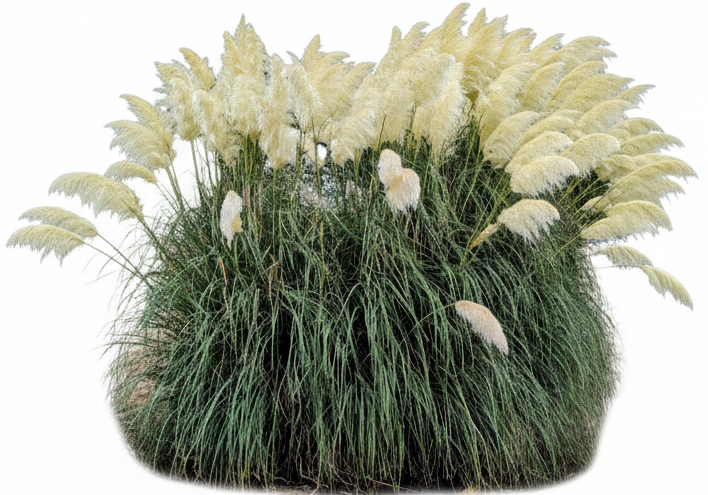What is Light On The Land?
Light On The Land is an educational philosophy developed by and for equestrians who value the preservation of wild and rural landscapes. It builds on the foundation of Leave No Trace, but is adapted specifically for horsemen and women who ride and camp on public and private lands. It teaches responsible recreation habits that reduce our impact on the land, water, wildlife, and other users.
Light On The Land is a commitment to lifelong learning, stewardship, and passing along a conservation ethic to future generations. It’s not just a checklist—it’s a mindset that shapes how we prepare, travel, camp, and care for the places we ride.
Awareness
Being aware is the first step. When we recognize how our presence can affect the environment—from trail erosion and water contamination to disturbed wildlife or altered campsites—we begin to take ownership of our actions.
Ask yourself:
- Why do I love to ride?
- Where do I ride most often?
- What makes those places special to me?
- Have they changed over the years? Why?
Change often comes from increased use, unmanaged activity, or lack of knowledge. Awareness helps us respond wisely.
Attitude
Our ethic—the values we carry—guides our choices in the backcountry. Whether we’re aware of it or not, every action we take reflects our personal responsibility.
Reflect on your ethic:
- Do I take care of the places I visit?
- Do I leave them better than I found them?
- Do I model good habits for others, including my children or riding partners?
- Do I think beyond today and consider the next generation of riders?
A Light On The Land attitude means making deliberate choices to protect access, preserve natural beauty, and ensure healthy landscapes.
Guidelines for Action
Light On The Land provides a framework for low-impact recreation, emphasizing best practices that vary depending on geography, season, and situation.
It’s not about perfection—it’s about doing your best with what you know and where you are. That might mean:
- Using different trail techniques in spring mud vs. dry fall conditions
- Choosing the most appropriate containment method for your animals
- Practicing thoughtful grazing rotation and site restoration
Your best tools are awareness, attitude, and judgment. Read and practice the Light On The Land Principles for Horsemen, and commit to being a positive force on the landscape. Read the Light On The Land Principles for Horsemen

